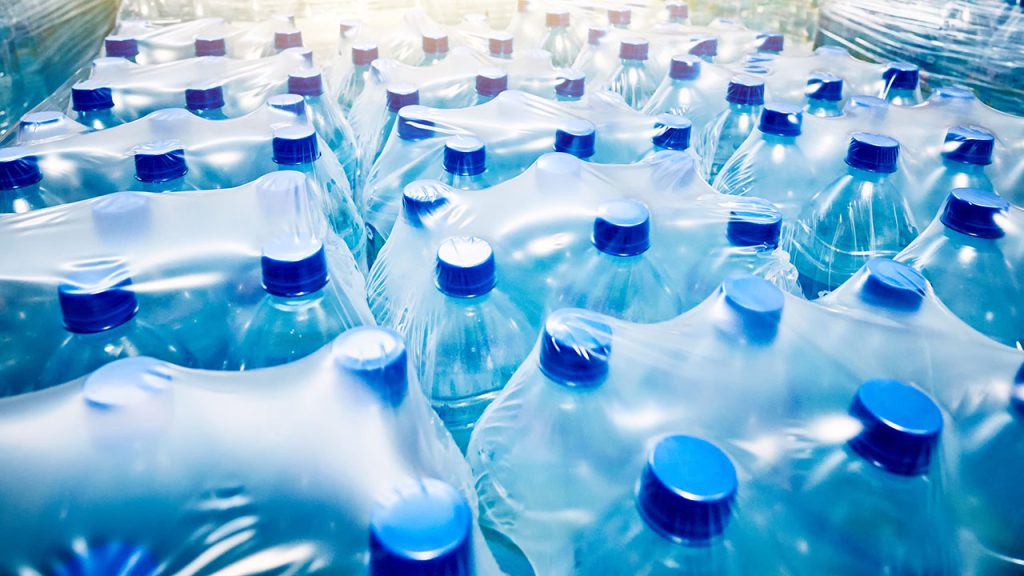The bottled water industry in the United States has seen tremendous growth over the last few decades. Bottled water is now the second largest commercial beverage category in the country by volume, trailing just carbonated soft drinks. Americans consume around 39.3 gallons of bottled water per capita annually making it a multi-billion-dollar industry. This rise in popularity of bottled water can be attributed to various factors like increase in health awareness, demand for convenience and versatility in consumption.
History of Bottled Water in the U.S.
The bottled water concept was introduced in the U.S. in the late 19th century when entrepreneurs began packaging natural spring waters in glass bottles for sale. However, it was not until the 1970s and 1980s that bottled water saw its major growth phase. During this time, concerns were raised about the quality of municipal tap water due to lead contamination issues. This created a distrust in tap water quality and boosted demand for bottled water which was perceived as cleaner and safer alternative. Companies like Perrier, Evian and Aquafina entered the U.S. market and engaged in extensive marketing campaigns promoting bottled water as the healthier beverage choice.Coherent Market Insights take a deeper look at the bottled water market in America in U.S. Bottled Water Market.
Types of Bottled Water
There are mainly three types of bottled water available in the U.S. market:
- Spring Water: This type of bottled water comes from an underground formation from where water flows naturally to the surface of the earth. It must be collected only at the spring or through a borehole tapping the underground formation.
- Purified Drinking Water: This water is produced by purifying groundwater from an aquifer, municipal water or well water that meets the FDA standards for bottled water. It undergoes extensive filtration and purification treatments and additional minerals may be added.
- Mineral Water: It comes from a protected underground water source and contains not less than 250 parts per million total dissolved solids. It maintains its natural proportions of minerals and trace elements.
Consumer Preferences and Trends
Several factors drive consumer consumption habits and trends in bottled water:
- Health and Wellness: There is a high focus on health, fitness and clean eating in the U.S. Bottled water consumption fits the image of a healthy lifestyle choice. The perceived purity differentiates it from sugary drinks.
- Portability and Convenience: Americans lead fast-paced lives. Bottled water satisfies their need for an easily portable, convenient beverage option. Its availability across various outlets also increases accessibility.
- Natural and Functional Variants: To meet evolving consumer needs, companies offer varieties like alkaline water claiming additional health benefits. Flavored waters have also gained traction among younger population.
- Sustainability Movement: Rising environmental concerns have led to increased demand for bottled water with less plastic packaging or in aluminum cans/ kegs. Some brands also focus on recycling and sustainability initiatives in production.
Market Leaders and Marketplace Dynamics
The U.S. Bottled Water Marketlargely remains an oligopoly with three major players controlling a bulk of the market share – Nestle Waters North America, PepsiCo and Dr Pepper Snapple Group. Other notable companies with significant presence include Whole Foods Market, DS Services of America and Primo Water Corporation.
Intense competition exists in the marketplace to gain dominance through product differentiation, geographic expansion, acquisitions and aggressive marketing campaigns. Market leaders rapidly innovate new product lines, packages and flavors to appeal to evolving tastes and lifestyles. Partnerships with restaurants, cafes, retailers help strengthen distribution networks and boost sales volumes.
Market Outlook
The bottled water industry continues to remain one of the fastest growing beverage categories globally. North America constitutes the largest regional market currently accounting for more than 40% of global bottled water consumption. However, growth in developing regions like Asia Pacific and Latin America is estimated to outpace developed markets in the coming years. Factors like urbanization, rising disposable incomes, awareness about hydration will accelerate demand especially in hot and arid climate zones. Overall, increasing health consciousness among global population and preference for packaged hydration products indicate a very promising outlook for bottled water industry. Production and packaging innovations to reduce plastic waste can further support long term sustainable growth opportunities in this space.

